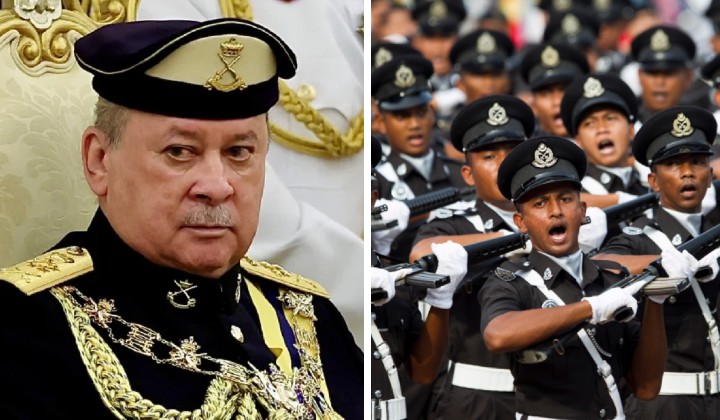Why Are People Calling Hong Kong Protests The 2019 Tiananmen Square?
Hong Kong has been going through what’s deemed as its biggest protests in history for the most of 2019.
What began as a peaceful stand against a controversial extradition bill treaty with China in June has escalated rapidly in the last few months.
In fact, the violent clashes on the streets of Hong Kong between the student-led protesters and police has left many calling this the 2019 Tiananmen Square protest.
These comparisons were drawn when thousands of student protesters occupied Hong Kong Polytechnic University and were apparently under siege, clashing with the police.
At the height of the Polytechnic University siege, hundreds of images and videos of street marches, violent clashes and arrests between the police and protesters were shared all over social media.
Help(T_T)#PolyU #PolyUHK pic.twitter.com/TbnWiDZApN
— 紅夜 (@dce0241) November 19, 2019
Imagine your beloved kid trapped in the University and will potentially die from hungry or police attacks#TiananmenSquareMassacre2019 https://t.co/d9NV9MKN1b
— ash9876 (@ash98762) November 18, 2019
MTR closed TST, Jordan, Yau Ma Tei stations, but that is not stopping anyone. Got off Mong Kok station with a huge crowd who are making their way to #PolyU across Nathan Road where bricks are scattered everywhere. “We are comingâ€, they shouted. pic.twitter.com/xIwJZhdBkx
— Rachel Cheung (@rachel_cheung1) November 18, 2019
Why are people calling Hong Kong protests the 2019 Tiananmen Square?
1. Both are protests against actions of the Communist
Party of China (CPC)
In 2019 Hong Kong, the protests were sparked by a proposed bill that would allow the extradition of fugitives to China. People feared the end of Hong Kong’s independent judicial system with CPC’s meddling, which equates to the end of its autonomy.
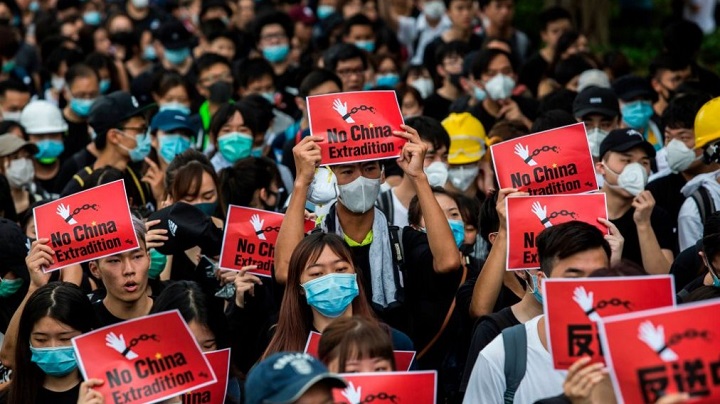
(Credit: Isaac Lawrence/AFP/Getty Images via TIME)
In 1989, protesters marched through Beijing towards Tiananmen Square with calls for a more democratic government and greater political freedom.
In the 80s, China introduced the privatisation of production. But the capitalistic changes brought forth a series of social problems, such as corruption and nepotism by elite party bureaucrats which sparked concern and unhappiness.
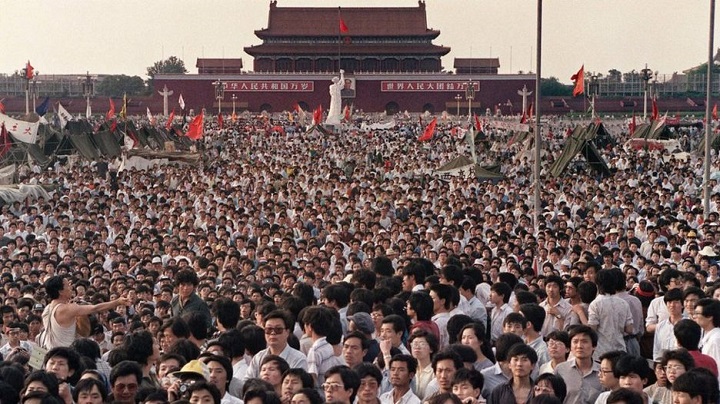
(Credit: AFP via BBC)
2. Led by students
Students are at the forefront of the current protests in
Hong Kong, turning universities and campuses into fortified protest camps.
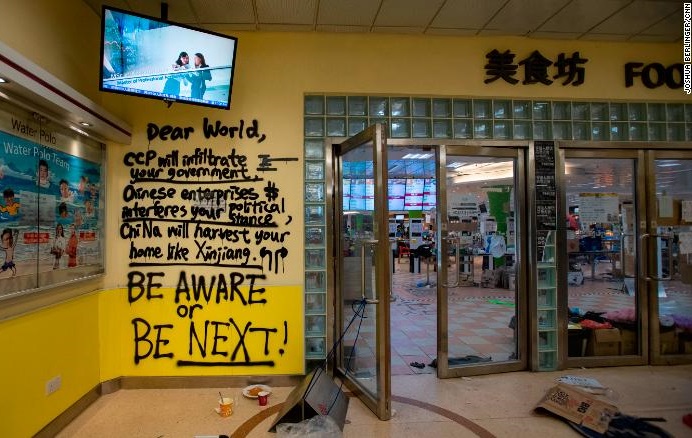
(Credit: CNN)
The Tiananmen protests 30 years ago also largely comprised of students who were mourning the death of Hu Yaobang, a former Communist Party leader who was working to push a more open political system in China.
A prominent event at the Tiananmen protests were student hunger strikes at the square.
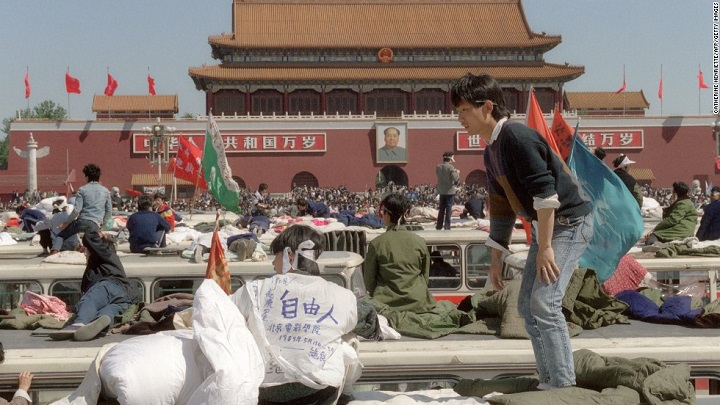
(credit: Getty Images via CNN)
3. Police crackdown on protestors
The Tiananmen Square protest is tragically imprinted in the psyche of many as violent and brutal incident.
Martial law was declared in Beijing and troops began marching into the square with tanks, opening fire and arresting protesters on 3rd & 4th June 1989.

(Credit: Getty Images via BBC)
While Chinese official numbers stated that 200 civilians had
died, other estimates put the death toll much higher, up to 10,000 deaths.
Meanwhile, eerie parallels are drawn at the Hong Kong protests 30 years later as numerous videos and images of violent clashes between the police and civilians broadcast around the world.
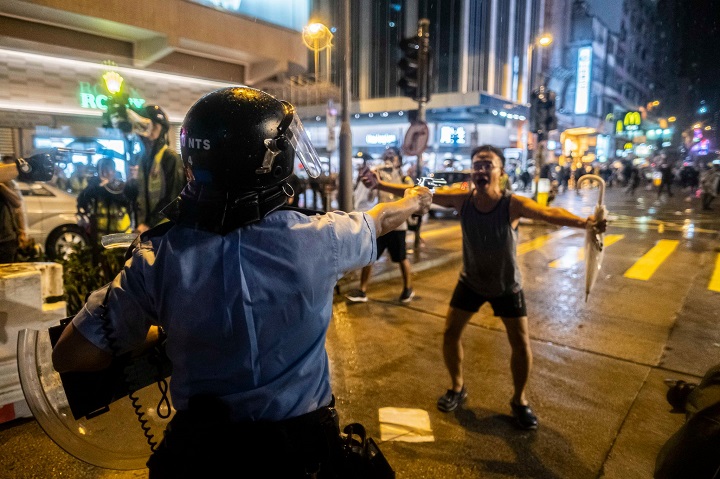
(Credit: Lam Yik Fei/The New York Times)
South China Morning Post reports that the police have fired at least:
- 11,100 rounds of tear gas
- 6,200 rubber bullets
- 1,400 sponge grenades and beanbags
- 19 live rounds (which hit 3 students in the chest, thigh and abdomen)
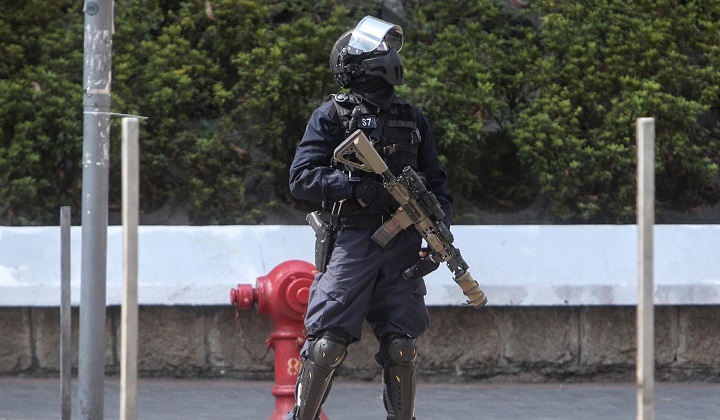
(Credit: Winson Wong/South China Morning Post)
Police officers are also reported to be drawing Colt AR-15
semi-automatic rifles and Sig Sauer 516 multi-calibre assault rifles.
Latest reports (20th November) indicate that things are quieting down in Hong Kong after the 3-day siege of Hong Kong’s Polytechnic University where hundreds have either fled the campus or surrendered to the authorities.
Have you been following the Hong Kong protests? Let us know what you think of the situation on TRP’s Facebook, Twitter, and Instagram.
She puts the pun in Punjabi. With a background in healthcare, lifestyle writing and memes, this lady's articles walk a fine line between pun-dai and pun-ishing.




